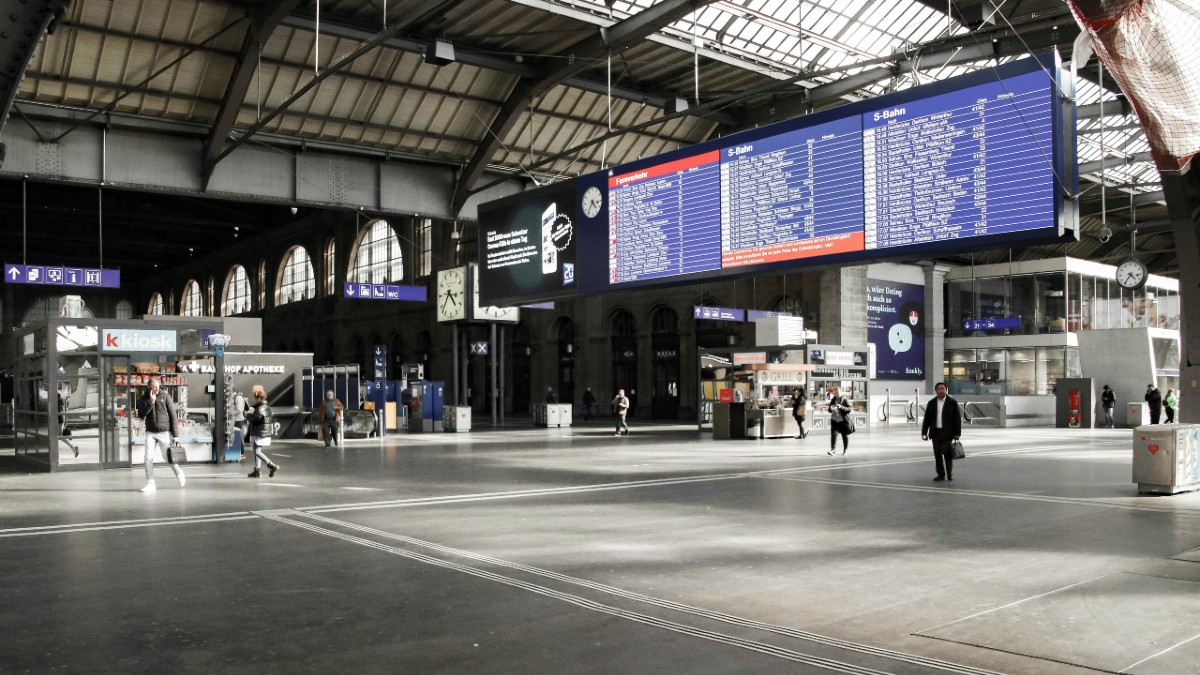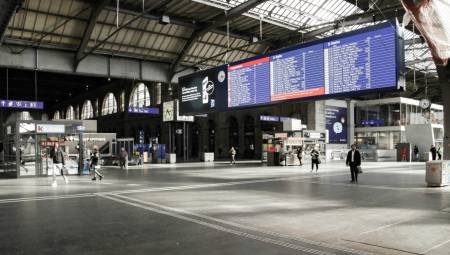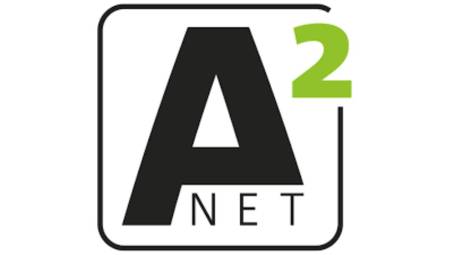This text addresses the concerns of parties responsible for IT networks, such as SOC compliance, cloud, security, and network infrastructure in digital signage.
By Julián Arcila*
The shopper enjoying an immersive digital display in their favorite store, or a traveler looking at train schedules at a train station, may not realize that behind their experience lies a complex security infrastructure that works to support and protect "business as usual."
Now more than ever, these complex security networks are vitally important, as cyberattacks increased 25% in Latin America in the last decade. According to an article published by ITWare LATAM, organizations in the region face an average of 2,569 attacks per week, while according to SeguriLATAM, Mexico, Brazil and Colombia lead in cyberattacks.
The stakes are high for companies that manage digital signage networks, given the complexity of managing data and devices across multiple locations.
Bart Massey, executive vice president of software products at Creative Realities, stresses that security is not just about protecting data, but about maintaining uninterrupted operations.
"In digital signage, managing numerous devices in different locations poses a number of challenges. The potential for intrusion and downtime is significant, so SOC compliance and cloud security are non-negotiable. Wherever possible, they should be built into the foundation of the network from the beginning," Massey advises.
The evolution of security and compliance in the network
In recent years, cloud-based systems have become the backbone of digital signage. These systems enable real-time updates, content distribution, and scalability across multiple locations in a way that their predecessors couldn't.
"We've evolved tremendously in the last 10 years," Massey says. "When I started, almost no one was operating in the cloud... now [with Creative Realities], we operate multiple content platforms, all of which are cloud-based." This shift to the cloud has enabled digital signage providers to offer more scalable and secure solutions, but it also requires adherence to strict security standards.
SOC standards provide a framework for protecting data and ensuring operational reliability. For IT leaders, the importance of having a secure network is immense. Without it, digital signage networks are vulnerable to intrusions, data breaches, and operational failures, all of which could lead to significant financial and reputational damage.
SOC compliance is essential for companies that handle sensitive customer data and operate on cloud infrastructures. The SOC has several key principles that are relevant to different applications, with focuses on the markets they serve. These principles ensure that systems are functional and protected from unauthorized access and attack.
Common challenges in achieving SOC compliance
While SOC compliance is a necessary step in securing digital signage networks, it is not without its challenges. Massey points out that for many companies, especially small and medium-sized ones, the most difficult thing is not to create policies, but to maintain them.
"You can create good policies, but the hard part is to stick to them," Massey explains. SOC 2 requires companies to be audited regularly, which means that security standards must be maintained at all times.
In cloud environments, SOC compliance can be especially difficult due to the complexity of managing remote servers, data centers, and network infrastructures. Many companies struggle to adapt older systems to comply with SOC standards, especially if those systems were not initially designed with security in mind.
Retrofitting older systems can be difficult, but there are ways to incorporate it into the network, even if the system didn't consider SOC compliance from the start.
 Overcoming Resistance: How Far Safety Has Come
Overcoming Resistance: How Far Safety Has Come
The adoption of cloud-based security solutions was not immediate. At first, there was significant resistance from companies, who were skeptical about moving their data off-site.
Today, most organizations understand the value of cloud-based security systems. Using established providers like AWS and Microsoft Azure allows businesses to take advantage of the latest security features without having to build them from scratch. "You don't want to reinvent the wheel," Massey says. "We use the industry-standard tools that a partner like AWS provides: firewalls, load balancers, cloud delivery systems."
This shift to cloud-based security has helped businesses protect their networks and scale their operations more efficiently. Digital signage networks have benefited from the ability to connect media players in remote locations without the need for on-site servers or extensive IT involvement.
Key areas for IT leaders
When deploying a digital signage network, IT leaders must prioritize several key areas to ensure a secure and compliant infrastructure. According to Massey, the three priorities should be:
1. Choose reliable data centers: The first step in securing a network is to select a trusted cloud provider. AWS and Microsoft Azure are industry leaders that offer advanced security features, such as encryption, firewalls, and intrusion detection systems.
2. Bandwidth and connectivity: IT teams need to ensure that their networks have enough bandwidth to support digital signage systems. Massey notes that while many modern facilities have ample bandwidth, some retail or smaller establishments may need to limit downloads or schedule updates outside of peak hours.
3. Network segmentation and infrastructure planning: IT teams must segment their networks to isolate digital signage from critical systems such as points of sale or corporate networks. "I would suggest providing something like a secure or separate VLAN for signaling," Massey advises. This ensures that digital signage systems do not pose a security risk to other parts of the network."
Future-proof network infrastructure
As digital signage continues to grow, IT leaders must consider how to future-proof their networks for scalability and security. With the rise of AI-driven cyberattacks, security measures will need to evolve.
"The volume of things that are coming in terms of vulnerabilities is increasing exponentially... we are seeing a huge upward trend in AI-generated attacks," Massey warns. To counter this, companies are adopting AI-based defense systems that can detect and neutralize threats before they cause damage.
Staying at the forefront of security and compliance
For companies that operate digital signage networks, ensuring SOC compliance and network security is a critical element of their success. By prioritizing data center security, network segmentation, and future-proof infrastructure, IT leaders can build robust systems that support long-term growth and protect sensitive data.
As Massey concludes, "it's important to make sure that you're not only following the rules, but that you're ahead of them."
By staying informed and proactive, businesses can ensure their networks are secure, compliant, and prepared for whatever the future holds.
Creative Realities is committed to helping businesses achieve this. If you have comments or questions about this article, you can write to me at [email protected].
*Julián Arcila, CRI's general director for LATAM, adapted this article from the original published in English "SOC Compliance, the Cloud, Security and Network Infrastructure: addressing the top concerns of IT network stakeholders".
















